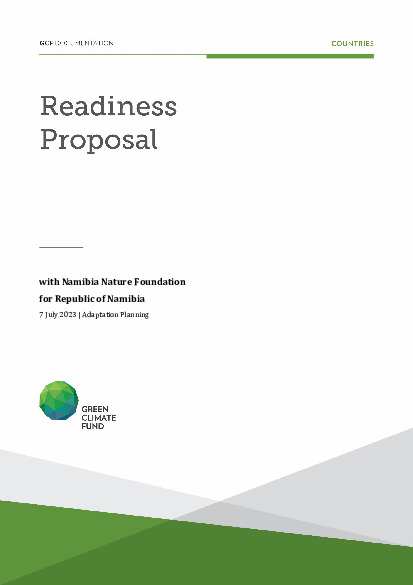Strengthening Adaptation Planning and Coordination in Namibia
Namibia’s socio-ecological characteristics make it one of the most vulnerable developing countries to the impacts of climate change. Namibia’s climate is characterised by regular dry spells, persistent droughts, and sporadic severe flooding and the frequency of these events has increased. Over the past 40 years, maximum temperatures, and the number of days exceeding 35 degrees Celsius have increased, and Namibia experienced three intense drought events in 2013, 2015 and 2019. The year 2019 was the driest in 90 years. Increased aridity is putting further pressure on water availability in Namibia, an already limited, unreliable and scarce resource. Key sectors such as human health, water resources, agriculture, food security, biodiversity, ecotourism, coastal zone management, and human settlements as well as trade and industry are vulnerable to climate change. Approximately 67% of the Namibian population live in rural areas and depend on rain-fed subsistence agriculture, a disproportionate number of which are women due to male migration to urban centres in search of employment opportunities. The economic outlook for the country forecasted growth figures of 0.9%, 3.4% and 3.7% for 2021, 2022 and 2023 respectively and Namibia has been in recession since 2016. Covid-19 further exacerbated the economic situation, with Namibia experiencing an historic contraction of growth by 8.5% in 2020. The country’s debt-to-GDP ratio stands at 67% and is expected to rise, dampening further Namibia’s capacity to strengthening resilience against climate related risks.
